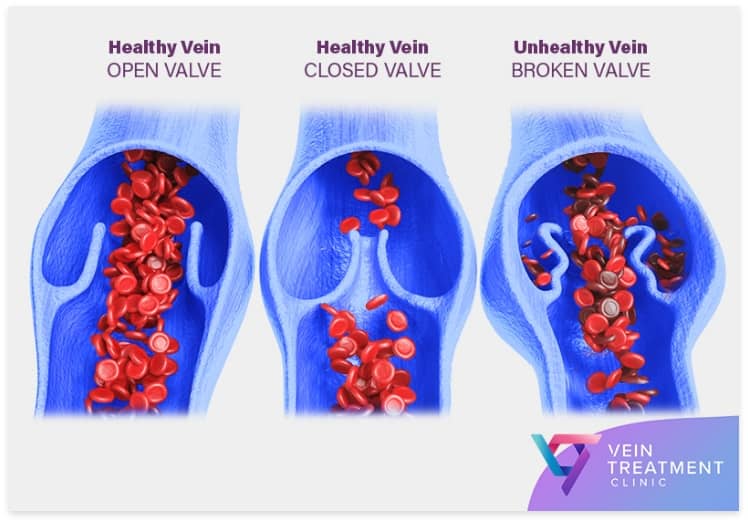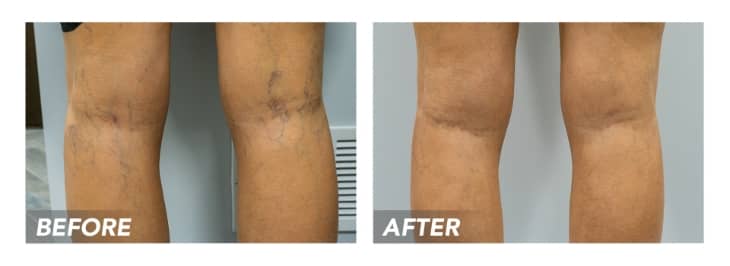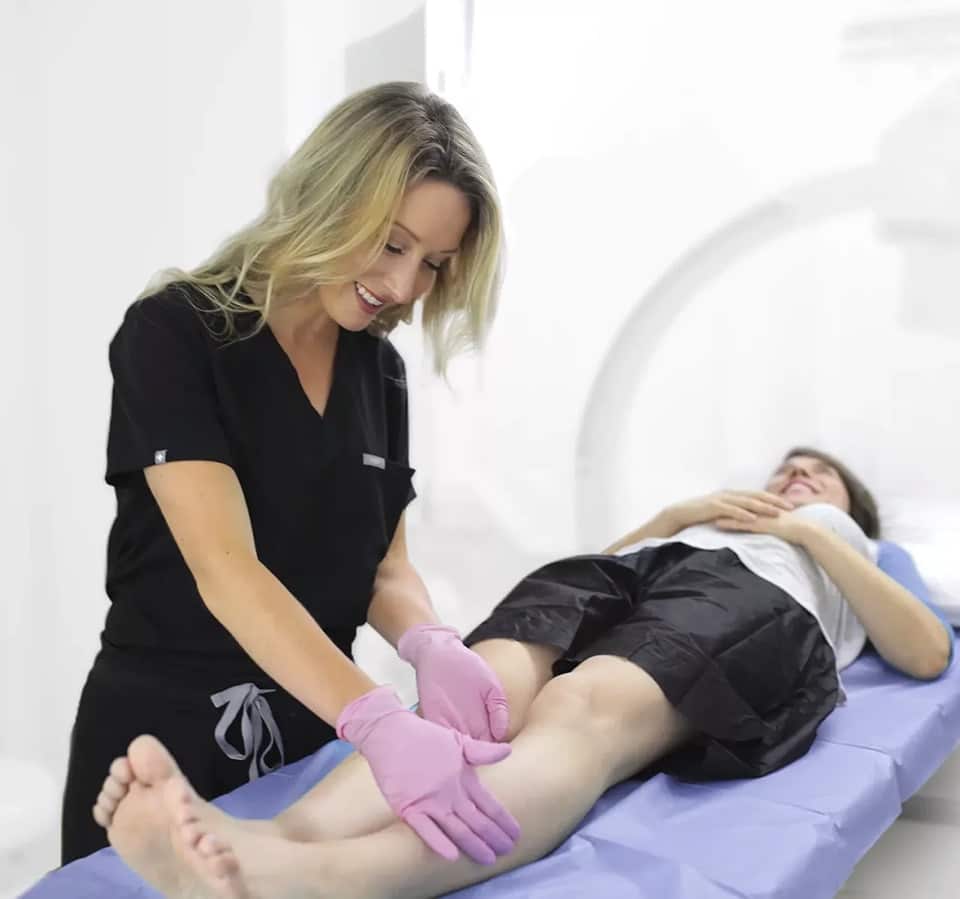What is Endovenous Laser Ablation?
Endovenous laser ablation is an in-office, outpatient, minimally invasive treatment for varicose veins and the underlying chronic venous insufficiency, performed under local anesthesia. This procedure involves administering local anesthesia on a small area of the skin to insert an endovenous laser into the diseased vein under ultrasound guidance.
Is EVLT Effective?
Endovenous laser ablation proved to be groundbreaking because it only involves one small incision on the skin’s surface, and patients could resume most of their daily activities immediately. Furthermore, EVLT dramatically lowered the risk of complications, such as deep vein thrombosis and infections. Long-term clinical evidence also shows that EVLT minimizes the risk of vein disease recurrence.
As such, to put it simply, endovenous laser ablation is extremely safe and effective.

How Does EVLT Work?
When you appear for the EVLT procedure, the medical team will ask you to lie down on the operating table in a comfortable position. Your legs will be prepared for the treatment. The vein doctor will administer local anesthesia to numb your skin’s surface, and then guide a hollow tube, called a catheter, through a small incision on the skin’s surface.The hollow needle will be connected to a laser fiber, which will be guided into the diseased vein using ultrasound.
Once the laser fiber is lodged in place, the vein doctor will inject an anesthetic fluid to protect the surrounding tissues. The laser fiber will be activated to heat the diseased vein’s walls and induce an inflammatory response to seal it shut. The accumulated blood will reroute into healthier leg veins, restoring optimal blood circulation, and the diseased vein will eventually get reabsorbed by the body.

What are the Advantages and Disadvantages of EVLT?
Advantages:
- Mild to moderate pain and discomfort
- No risk of skin discoloration after the procedure
- Concludes within an hour
- Immediate return to daily activities
- No scarring
Disadvantages:
- The procedure involves needles
- Must avoid strenuous workouts for a week
- More uncomfortable than radiofrequency ablation
Try our FREE Health Insurance Coverage Checker by filling out this form:

Contact us
Contact Us
You can talk directly with our team members. They will answer your questions about insurance coverage and help you book an appointment at the vein center in Long Island. Please call us at (631) 629-1106
Book Online
You can visit our official website to schedule an appointment online at your nearest vein center in Long Island. We also provide free insurance verification before your appointment.
Get Directions
These are the directions to your nearest vein centers in Long Island.